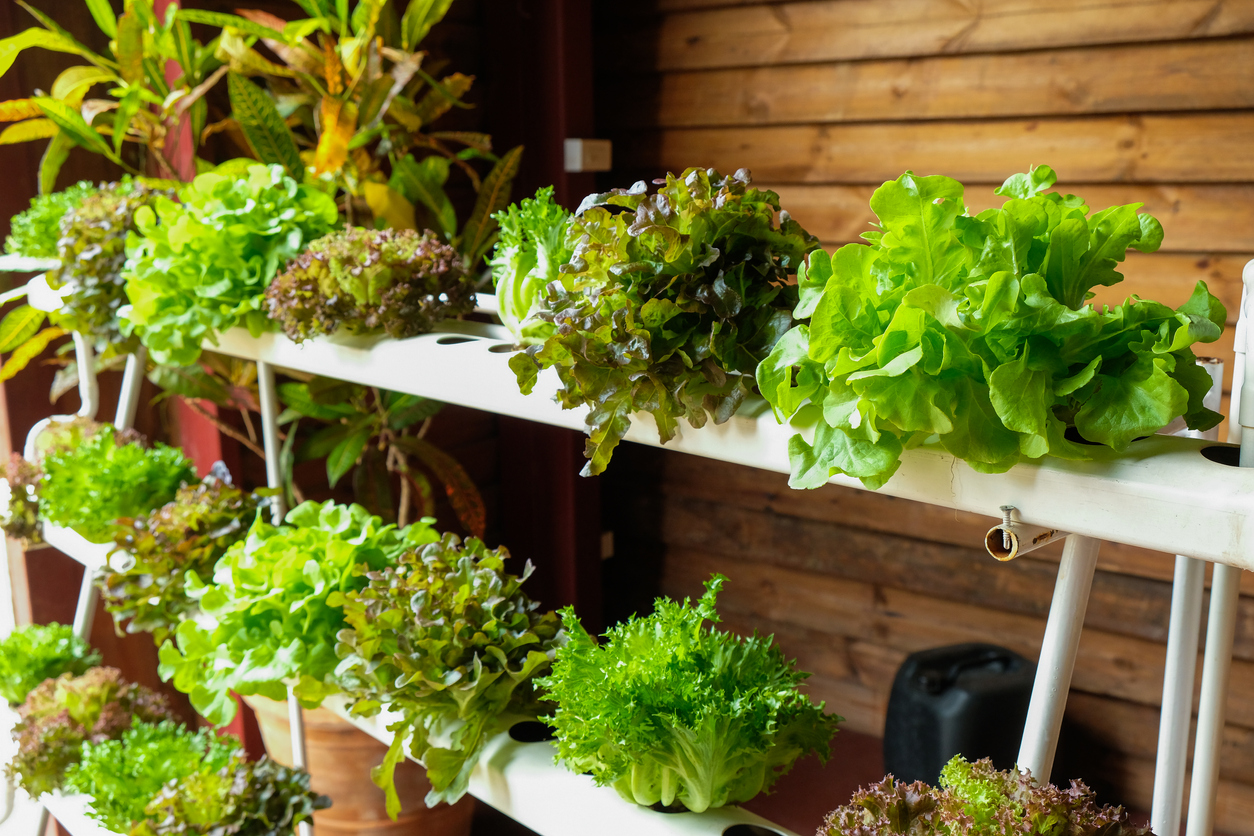I’m going to guess you might be a little surprised to find Disney World mentioned in the first sentence of a post about hydroponic produce. The theme park and entertainment empire are much better known for princesses, anthropomorphic mice, and the live-action movie version of Mulan, which I thought was an okay movie. However, there are plenty of reviewers on Rotten Tomatoes who very much disagree with me.
Movies and mice aside, what a lot of people don’t know about Disney World is that they have 2.5 million square feet of greenhouses where they grow hydroponic produce, including some 27,000 heads of lettuce each year. No matter what one may think of the Disney empire, we can all agree that this is a company that’s hyperfocused on efficiency and productivity. So if hydroponic gardening works well enough for Disney to grow over 30 tons of fruits and vegetables each year, my guess is that the average home chef (like you and me) can find it beneficial, too.
Discover the 3 top options for growing vegetables indoors—when you access the FREEBIE Growing Vegetables Indoors for Beginners, right now!
What are the real-life benefits of growing hydroponic produce?
If you want to get into the weeds (bada bing!), there are some genuinely fantastic benefits to growing hydroponic produce. As compared to growing crops in soil, it uses up to 80% less water. You don’t have to worry about soil erosion or what might be in your soil. There’s no tilling to worry about, and we can guarantee that neighbor down the street won’t tell you how you should be growing iceberg lettuce instead of that red leaf lettuce.
Discover the 3 top options for growing vegetables indoors—when you access the FREEBIE Growing Vegetables Indoors for Beginners, right now!
As good as those reasons are, what are the practical benefits? You know – the benefits that you can actually enjoy in your kitchen? We’ll start with my favorite:
No pests. I can’t promise you will never see a pest on your hydroponic produce, but it’s a lot less likely. Since there’s no soil for them to hide and breed and grow in, well, you just aren’t going to see many, if any, of them.
No weeds. ‘Nuf said.
Fresh produce all year long. This is a benefit you can truly enjoy. It doesn’t matter whether you’re in the midst of a summer drought or it’s five degrees outside; once you have your indoor hydroponic system set up and rolling, you have a regular supply of delicious veggies.
Bigger vegetables. Since your plants don’t have to expend so much energy on root growth, they can put more of that energy into growing leaves and fruits.
Faster growth. Hydroponic produce can grow up to 50% faster than plants grown in soil. That means more spinach!
Even so, there are some reasons why you might not want to start an indoor hydroponic garden.
It can get complicated. One could argue this is true for any large undertaking, but extensive hydroponic gardens could require some expertise and regular care and maintenance. For a small system, you probably don’t need to worry much about this, but it is worth thinking about.
It can get expensive. There are a number of small hydroponic systems that come in under $100, and you can grow a nice supplemental supply of veggies this way. They can also get quite pricey.
Discover the 3 top options for growing vegetables indoors—when you access the FREEBIE Growing Vegetables Indoors for Beginners, right now!
Even with these issues, I still think it’s pretty darn fantastic to grab some fresh herbs or greens right from the plant whenever you need them in your cooking. Plus, I enjoy gardening. And growing hydroponic produce is an excellent way to keep it up even when it’s the middle of winter here in New England. Or Montana. Or wherever you are.
Have you tried growing hydroponic produce? What has your experience been?
